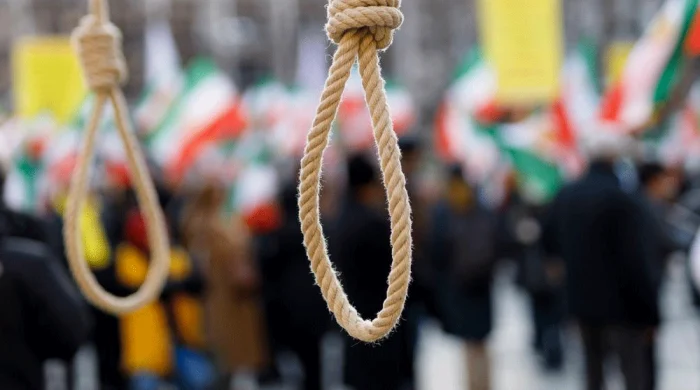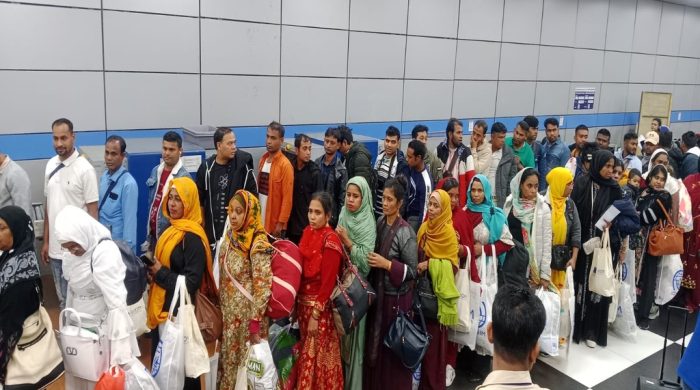What future without rain, or aid?

- Update Time : Tuesday, January 31, 2023
- 56 Time View

‘A FULL-blown famine has been narrowly averted for now, but the hunger emergency has not gone away and remains catastrophic’, declared the United Nations Office for the Coordination of Humanitarian Affairs about Somalia in mid-December.
A ‘perfect storm’ of drought, rising global inflation and armed hostilities is threatening the lives of Somalis and others, driving them from their homes. Some twenty thousand have recently arrived in the vicinity of established refugee camps near the town of Dadaab in eastern Kenya. They desperately need help. The United Nations, local authorities and humanitarian agencies are all struggling to provide aid for increasing numbers of people, while at the same time coping with an outbreak of cholera.
‘I can’t ever remember seeing such a drought. Our livestock has been really badly hit,’ says an elderly local woman in her sixties. In their analysis of 70-year precipitation records, researchers with the Climate Hazards Center at the University of California agree the current drought is unprecedented.
The woman runs a small grocery store on the main road in Dadaab, a dusty and poor town in Garissa province, some 90 kilometres from the Somali border. She goes on to describe how even local residents have taken to standing in front of the local United Nations compound, hoping in their desperation for refugee registration and basic food aid.
Russia’s war hits hard
THE impact of the drought has been aggravated by high inflation, driven by globally rising oil and grain prices in 2022, partly as a result of the war in Ukraine. In peripheral areas such as Dadaab, where almost all goods have to be imported at high fuel costs, the price surge has been particularly acute.
The shop owner points to a handful of tomatoes on her counter and adds: ‘The price has doubled compared to last year. The drought has, with a few exceptions, reduced yields even in the more rain-fed and agriculturally rich areas of Kenya, while transport to outlying areas has become expensive.’
In the extremely arid surroundings of Dadaab, where increasing numbers of people fleeing drought and famine continue to arrive from the Somali border, the skeletons of dead cattle can be seen, while those still alive look malnourished. This poor and neglected periphery of eastern Kenya hosts refugees from Somalia in three large camps, totalling approximately 280 thousand people, including the unregistered.
Livestock is often the only source of income for both the local population and refugees. The lack of water and grazing has killed off some; others are so malnourished that their owners cannot get enough milk, meat, or money from them to make a living.
In addition, the harvest of potatoes and other vegetables in more climatically favourable regions of Kenya has been very poor due to drought and erratic rainfall. This has led to a rise in the price of local produce and a reduction in the availability of paid labour, which in turn means there is less money circulating in the local economy.
The most affected areas are the poorest in the north and northeast of the country, such as Turkana, Mandera, and Garissa near the borders with Somalia and South Sudan, where there are two large refugee camps.
No rain for five seasons
YET the situation is far worse in Somalia, especially in its central regions. According to United Nations news, ‘the number of people affected by the drought in the country has more than doubled in 2022, from 3.2 million in January to 7.8 million in October, with the severity of need increasing in proportion’. As a result, almost 1,3 million people have been displaced, some of them seeking refuge across national borders.
There has been practically no rain here for five consecutive seasons. A few drops are enough to trigger initial excitement and expectation among the locals. Rainfall during the rainy season, when surface and groundwater reserves are usually replenished for the entire year, has been very low and irregular, lasting hours rather than the customary days and weeks. The opposite extreme, which has become increasingly common in recent years, is torrential rainfall, when weeks of much-needed precipitation are concentrated into just a few hours. This has led to severe flash floods in Chad, South Sudan, and Sudan.
To Kenyan locals and Somalis alike, Russia’s war of aggression against Ukraine seems very distant and alien. Yet its impact on their daily lives is much greater than on ours in Europe. The price of imported commodities such as wheat, corn and sunflower oil has risen.
The strong dollar — resulting from the United States Federal Reserve’s anti-inflation drive — is making imported goods, including petrol and fertiliser, even more expensive. More than ever, the focus of Europe and the ‘rich world’ is elsewhere. Despite facing rising costs, inflation-related and otherwise, the budget of United Nations agencies for humanitarian operations in East Africa continues to shrink.
In Dadaab and Kakuma, the United Nations refugee agency has long managed refugee camps for six hundred thousand refugees. This year, the budget has been reduced to $40 million, despite the noticeable increase in refugees fleeing famine in Somalia.
In the vicinity of Dadaab alone, approximately 80,000 people currently await refugee registration. Some of them claim to have been waiting for two years. Even if granted, the burning question remains: how can humanitarian agencies assist more people with reduced budgets and fewer resources?
Qantara.de, January 23. Erik Siegl participated in a project to improve healthcare in refugee camps in eastern Kenya in 2022.

























